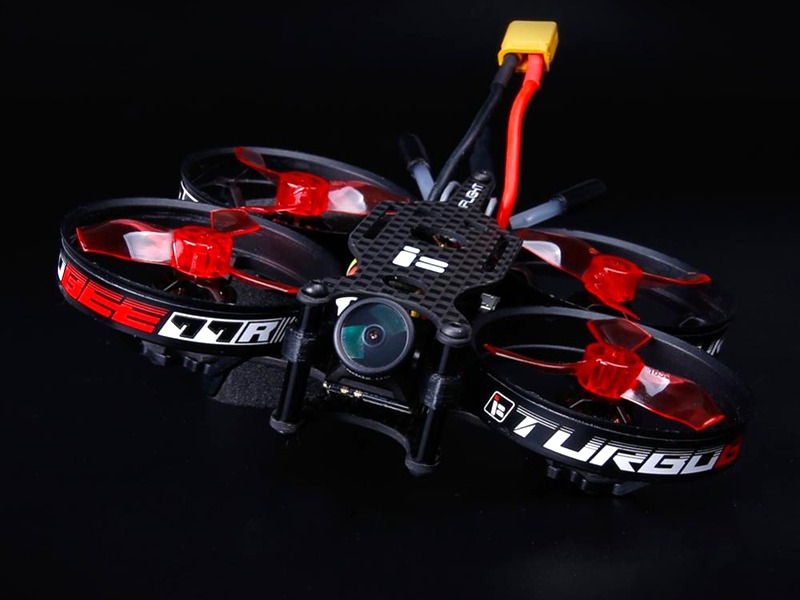Is FPV drone like VR?

No, FPV (First Person View) drone is not like virtual reality (VR). FPV drone flying is a form of aerial photography and videography that allows a drone pilot to view a live video feed from a camera attached to the drone. The pilot is able to control the drone by navigating it through the air using the live video feed as if they were sitting in the cockpit of the drone.
FPV drone flying is an entirely different experience than VR. VR is computer-generated images, sounds, and other sensory stimuli created in a virtual environment. This virtual environment typically includes a simulated landscape and objects that the user can interact with.
FPV drones do not provide the same level of immersion and interactivity as VR. FPV drone flying only allows the pilot to view the live video feed from the drone and control the drone within the physical environment of the location where it is flying. The pilot does not interact with any virtual objects or landscapes. This means that the experience of flying an FPV drone does not have the same level of engagement and immersion as VR.
FPV drones do not require as much equipment and setup as VR. FPV drones only require the drone itself and a pair of FPV goggles to view the live video feed. This makes FPV drone flying accessible to more people as the equipment costs are much lower than those needed for VR.
In addition, FPV drones are typically smaller and less expensive than VR headsets. This makes them more portable and easier to transport than VR headsets, allowing FPV drone pilots to enjoy their experience in more locations.
Finally, FPV drone flying is a real-world activity that is physically engaging. Pilots must use their reactions, hand-eye coordination, and spatial awareness to navigate their drones through the air. This physical engagement makes FPV drone flying more exciting and challenging than many VR activities.
Overall, FPV drones and VR are two distinct experiences. Although both activities involve a visual component, the level of immersion, equipment, and physical engagement are quite different. FPV drone flying provides an exciting and physically engaging real-world experience, while VR offers a more immersive and interactive virtual environment.
Comments / Question
2. Respect the privacy of others.
3. Follow all local laws and regulations.
4. Avoid flying near airports, heliports, and other restricted airspace.
5. Be aware of your surroundings and avoid flying over people, animals, and property.
6. Fly in good weather conditions and avoid strong winds and rain.
7. Make sure your drone is in good condition and properly maintained.
8. Wear protective gear, such as goggles or a face shield, when flying.
9. Make sure your drone is equipped with the appropriate safety features, such as propeller guards and emergency shut-off switches.
10. Keep your drone away from power lines and other hazardous areas.
2. FPV drone flying requires the user to be in the same physical space as the drone and be able to control it in real-time. Virtual reality allows the user to be immersed in a virtual world and control their actions within that world.
3. FPV drone flying offers the user a first-person view of their surroundings and the ability to explore their environment from a bird’s eye view. Virtual reality offers the user a fully immersive experience that allows them to explore and interact with a virtual environment.
4. FPV drone flying requires the user to have a clear line of sight with their drone and be aware of their surroundings to avoid collisions. Virtual reality offers the user a safe environment to explore and interact with, as they are not actually in the same physical space as the objects they are interacting with.
5. FPV drone flying requires the user to have a certain level of skill and experience to be able to control the drone and navigate their environment. Virtual reality requires the user to be familiar with the controls of the device they are using and the software they are using.
2. Increased Immersion: FPV drones provide a more immersive experience than a VR headset, as they allow you to explore the environment from a bird’s eye view.
3. Increased Interaction: FPV drones allow you to interact with the environment in a more tangible way, as you can fly around and explore the terrain.
4. Increased Safety: FPV drones are much safer than VR headsets, as they are not connected to any electrical outlets and are not subject to the same risks as a VR headset.

